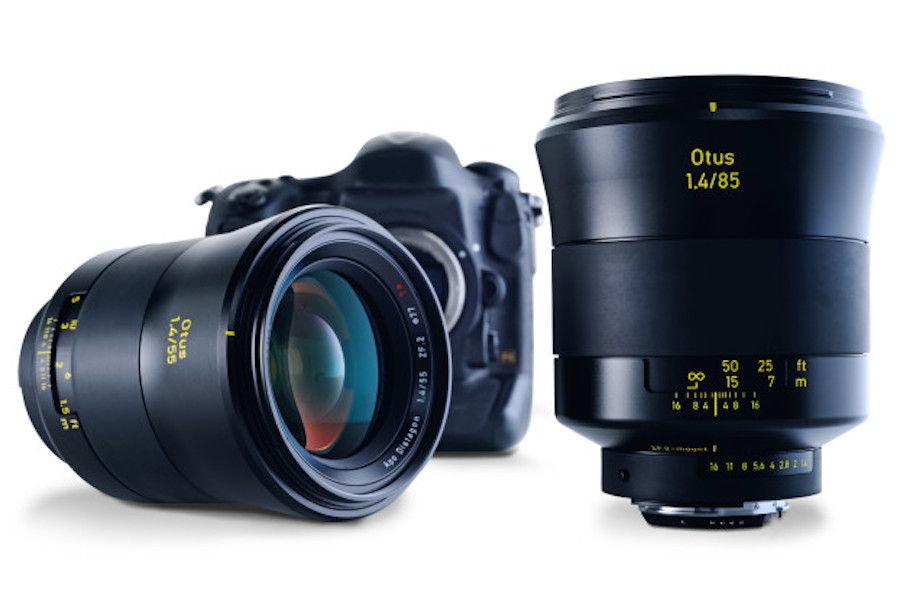Here are the ZEISS Otus ML 50 f/1.4 and ML 85 f/1.4 Specifications leaked ahead of the official announcement. Zeiss will announce mirrorless versions of their Otus lenses for Nikon Z, Sony E, and Canon RF mount. It looks like these new Otus lenses are going to be more affordable than the previous line. The Otus ML 50mm f/1.4 is priced at £2100 and the Otus ML 85mm f/1.4 will be £2350. That would put these lenses under $3000 USD.
Zeiss originally had four Otus lenses:
The first two lenses have already leaked online and they are the;
- Zeiss Otus ML 50mm f/1.4 for Z/E/RF mount (£2,100)
- Zeiss Otus ML 85mm f/1.4 for Z/E/RF mount (£2,350)
Zeiss lenses can be found on B&HPhoto and Amazon.
Here are the leaked ZEISS Otus ML 50 f/1.4 and ML 85 f/1.4 Specifications:
ZEISS Otus ML Specifications
- All Metal Construction – Made in Japan
- Clear, easily readable, and ultimate precise scales allow quick and accurate adjustments to maintain full control and focus
- Compact in design
- Otus ML 50mm f/1.4 77x100mm 667g
- Otus ML 85mm f/1.4 – 88x113mm 1040g
- Optimized for mirrorless mounts (Z, RF, E)
- Signature ZEISS Distagon and Sonnar designs are the baseline to give the best performance and sharpness.
- As an apochromat, the chromatic aberrations of the lens are corrected by lenses made of special glasses with anomalous partial dispersion. The chromatic aberrations and coloured artifacts are therefore limited to minimum, and colours are rendered as in reality, well-balanced and true to life.
- The aspherical lens design ensures consistent imaging performance across the entire field of focus as well as sharpness at the edge of the image. The more complex surface profile of the aspheric lens reduces the spherical aberration and further optical aberrations.
- The ZEISS T* coating reduces ghosting and flare.
- Ten aperture blades for beautiful bokeh.
- In a low-light conditions by manually adjusting the focus one can have more control over challenging lighting situations and achieve sharpness exactly where they want
- For portraits, especially with a wide aperture depth of field is very shallow, manual focus allows greater control in focusing
- Otus ML lenses can offer an advantage in controlling the depth of field, as the photographer has full control over the focus point By manually focusing on a specific area in the frame, the photographer can choose the exact point of focus and control the depth of field accordingly
- Some photographers simply prefer the tactile experience and control that comes with manual focusing, finding it more engaging and satisfying
- Photographers may want to focus on specific elements within a scene for artistic reasons , such as achieving a shallow depth of field or isolating a subject
- Photographers appreciate the slower, more deliberate pace that manual focus allows to find joy in the craft itself
Source: theclassiccamera camerainsider

